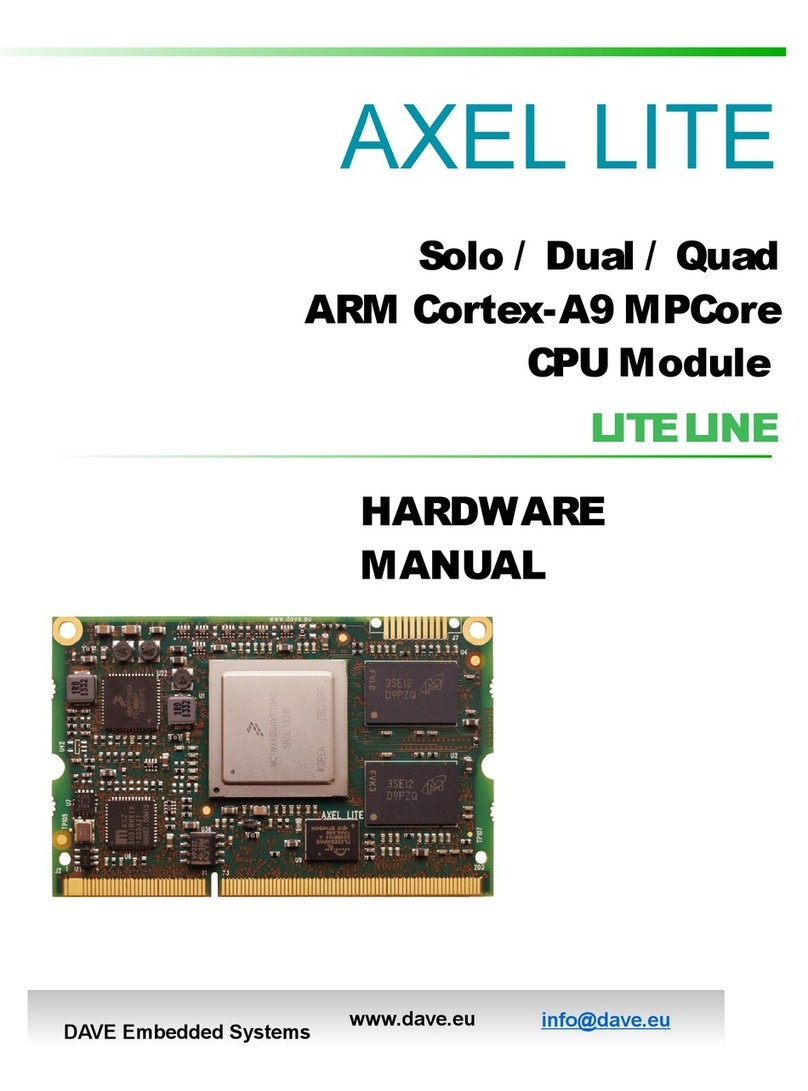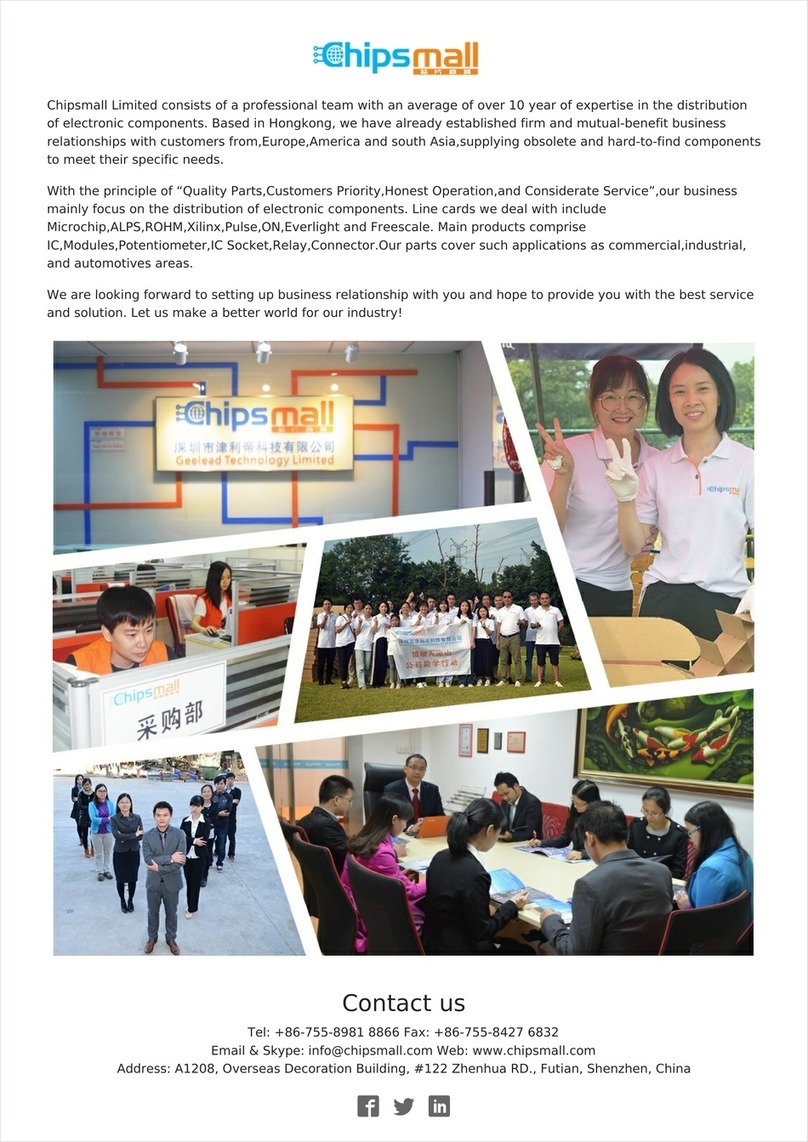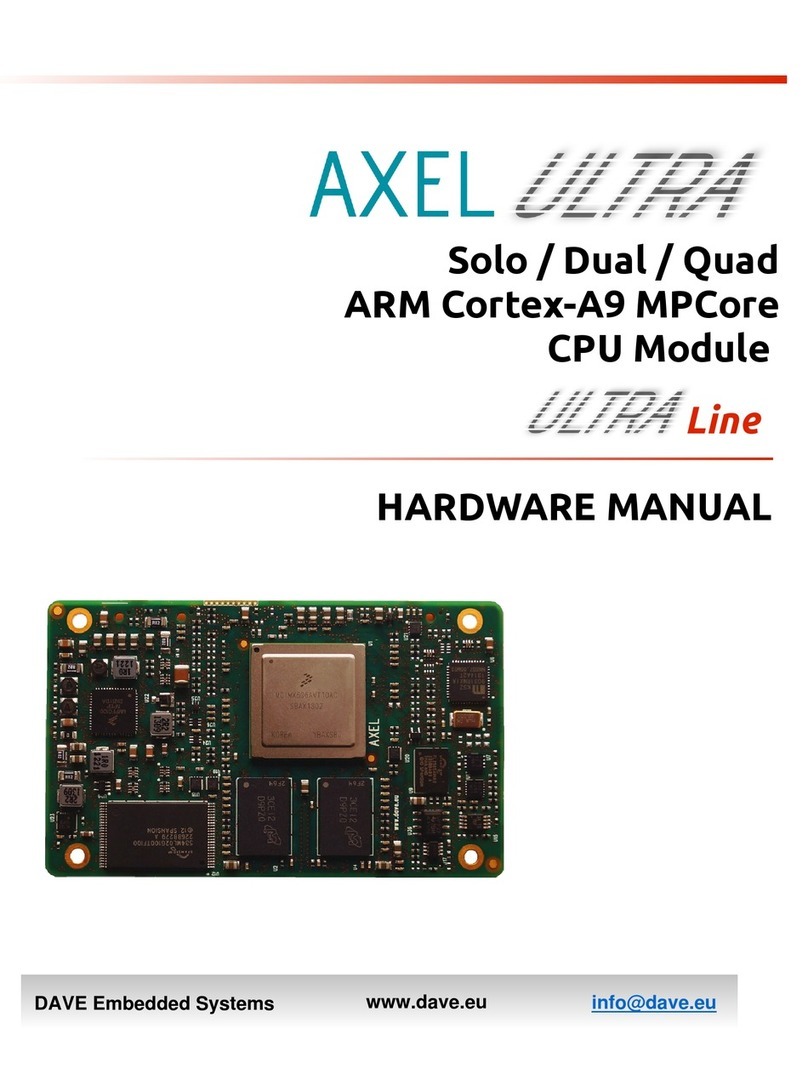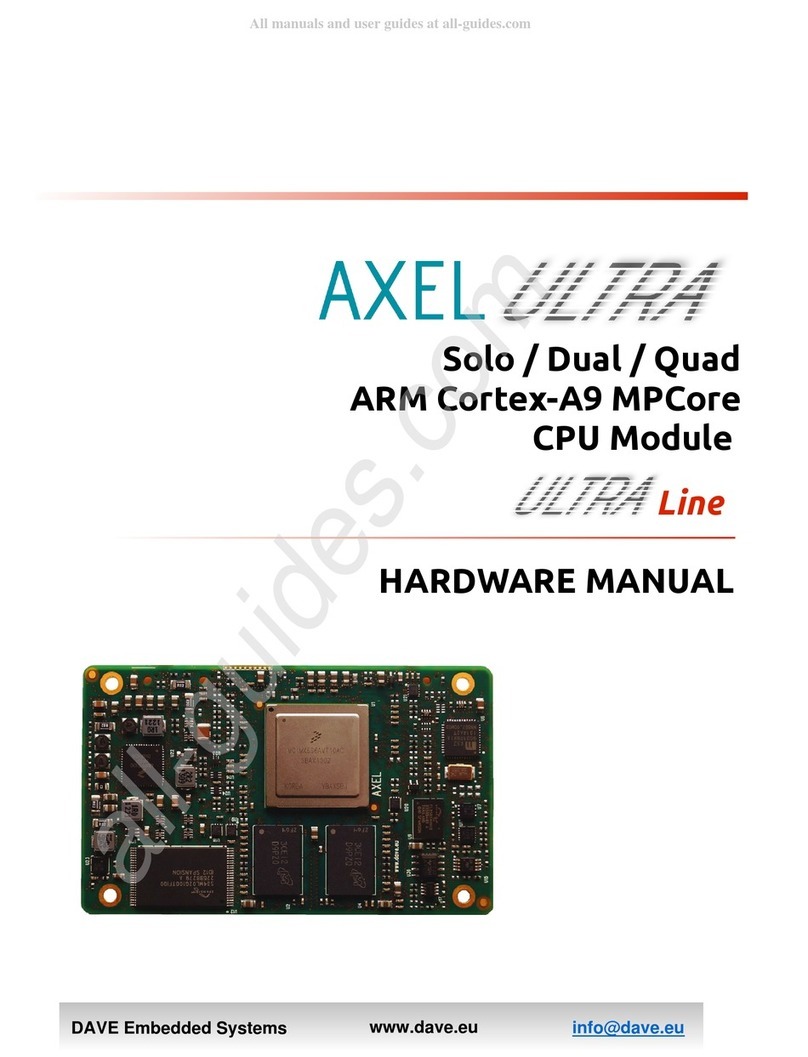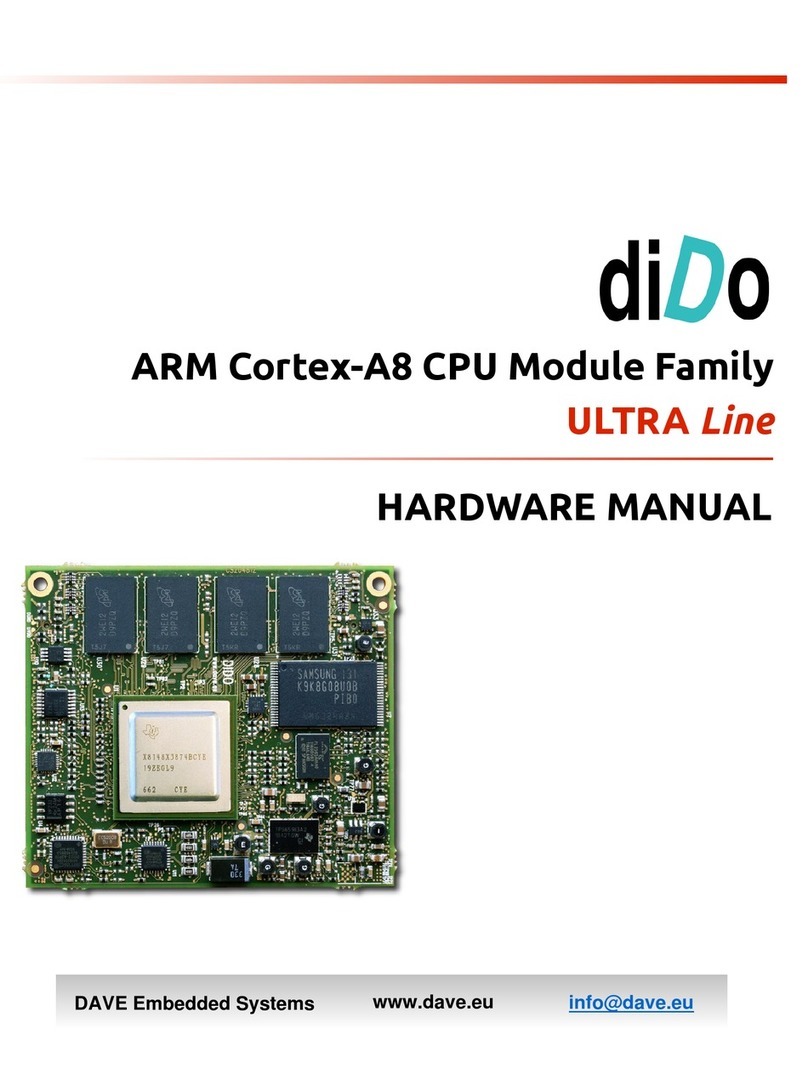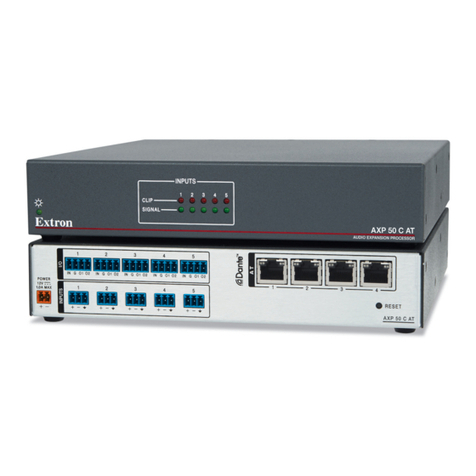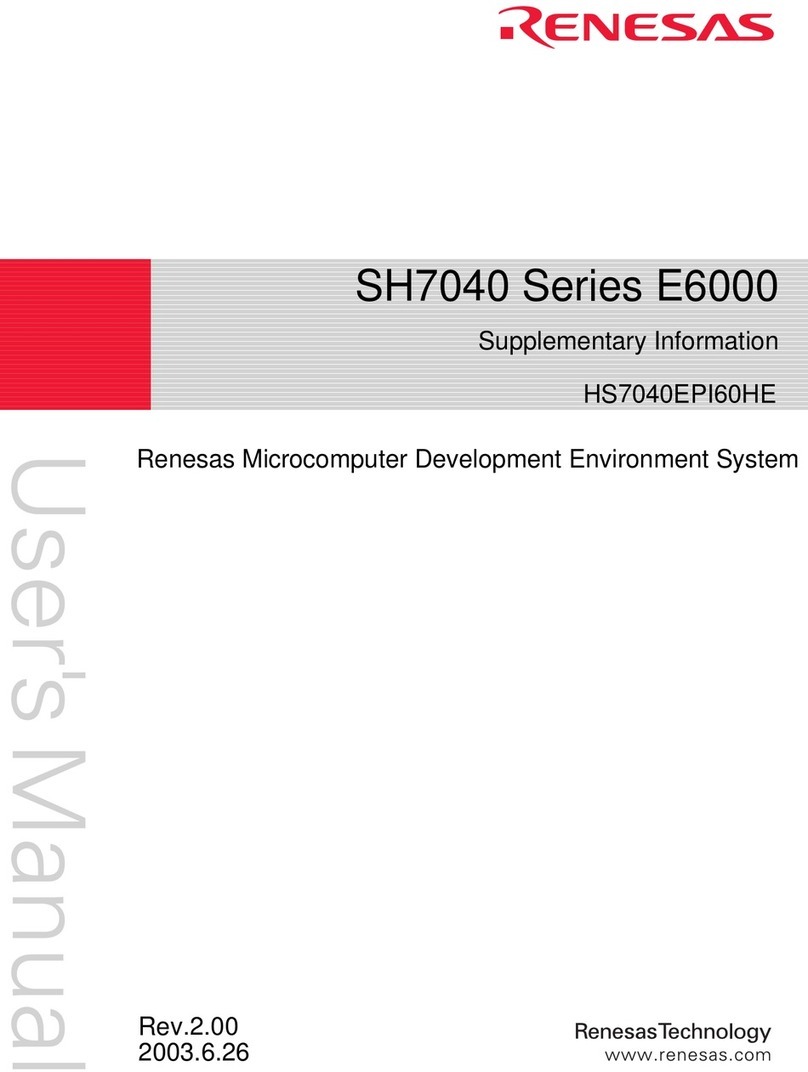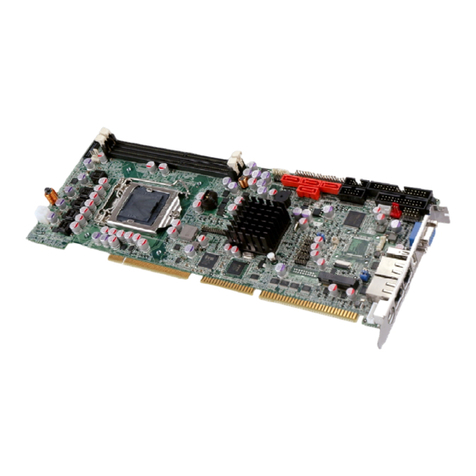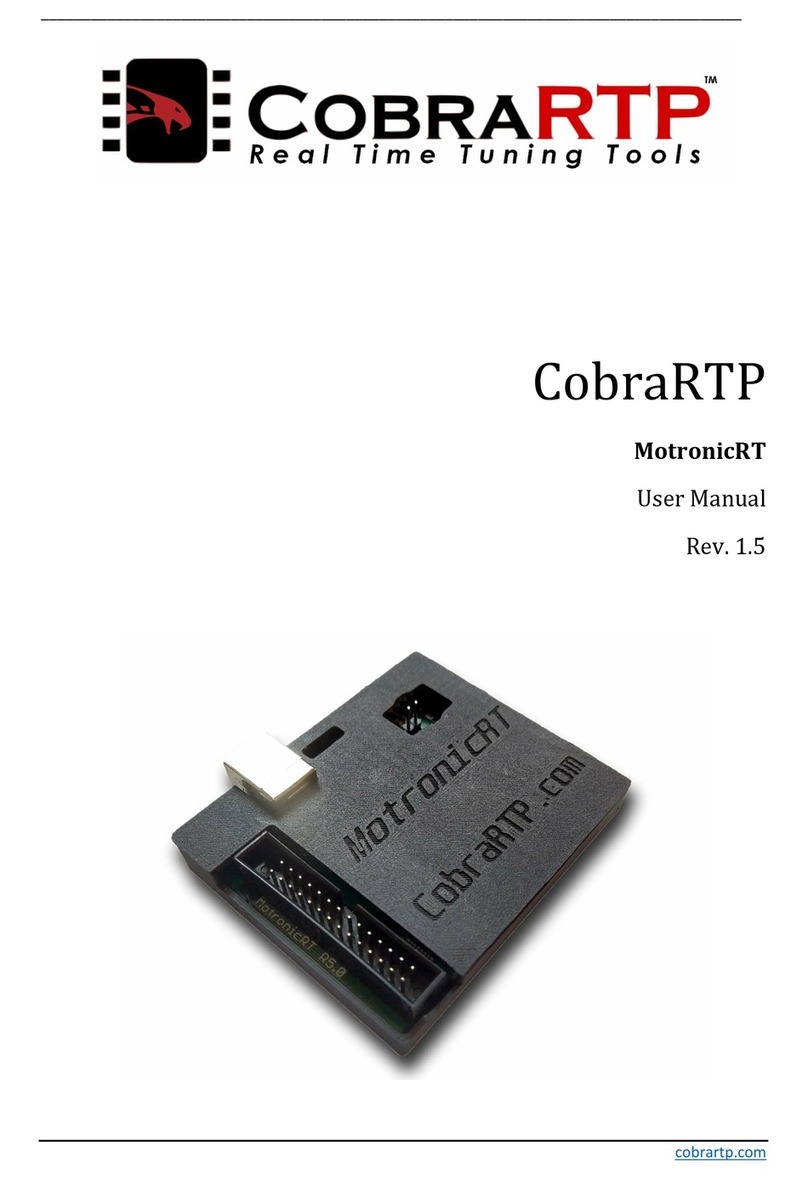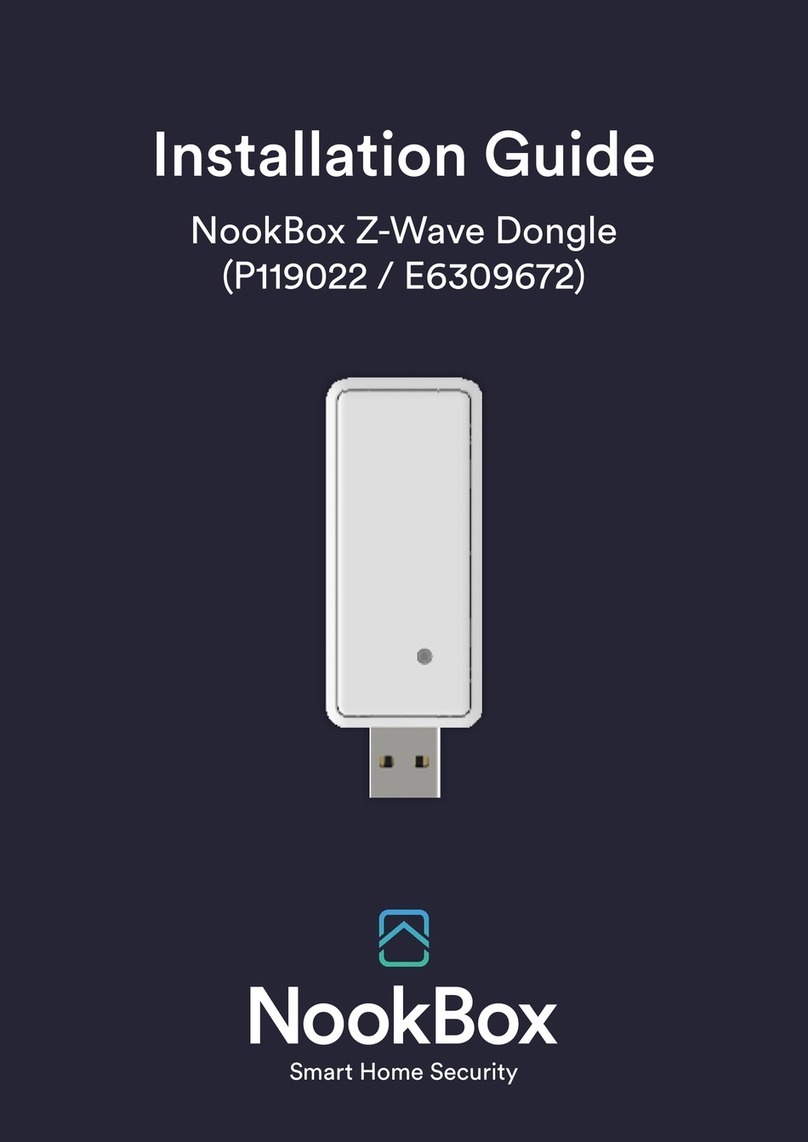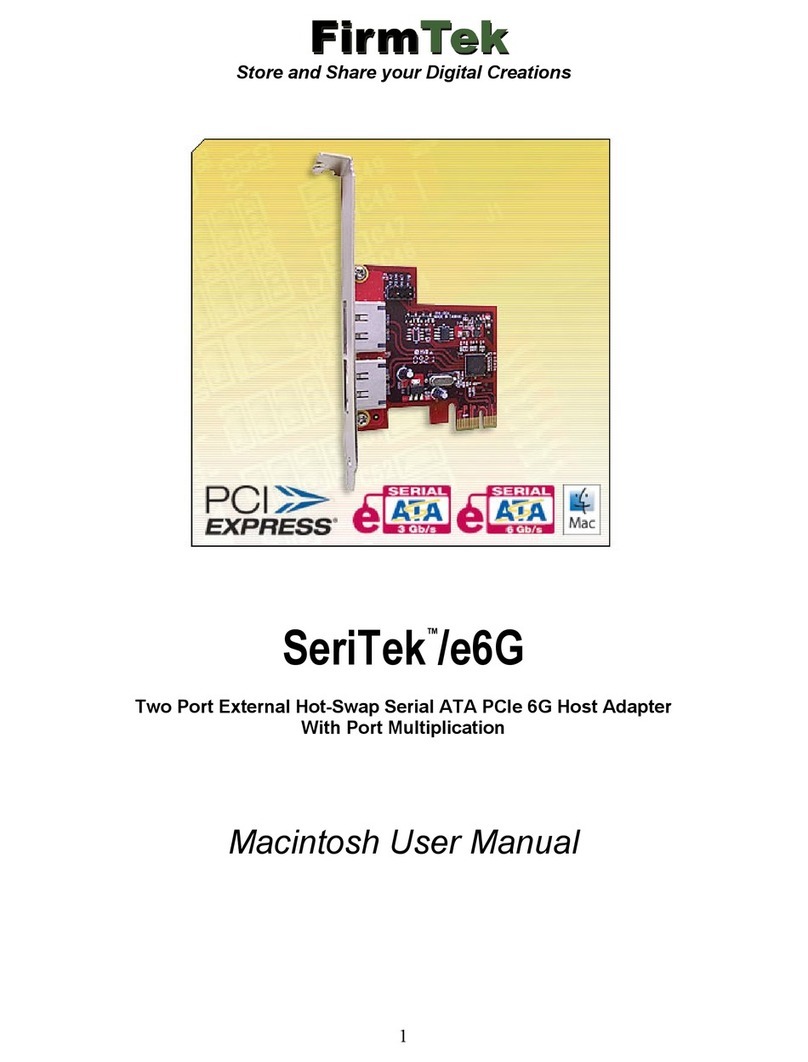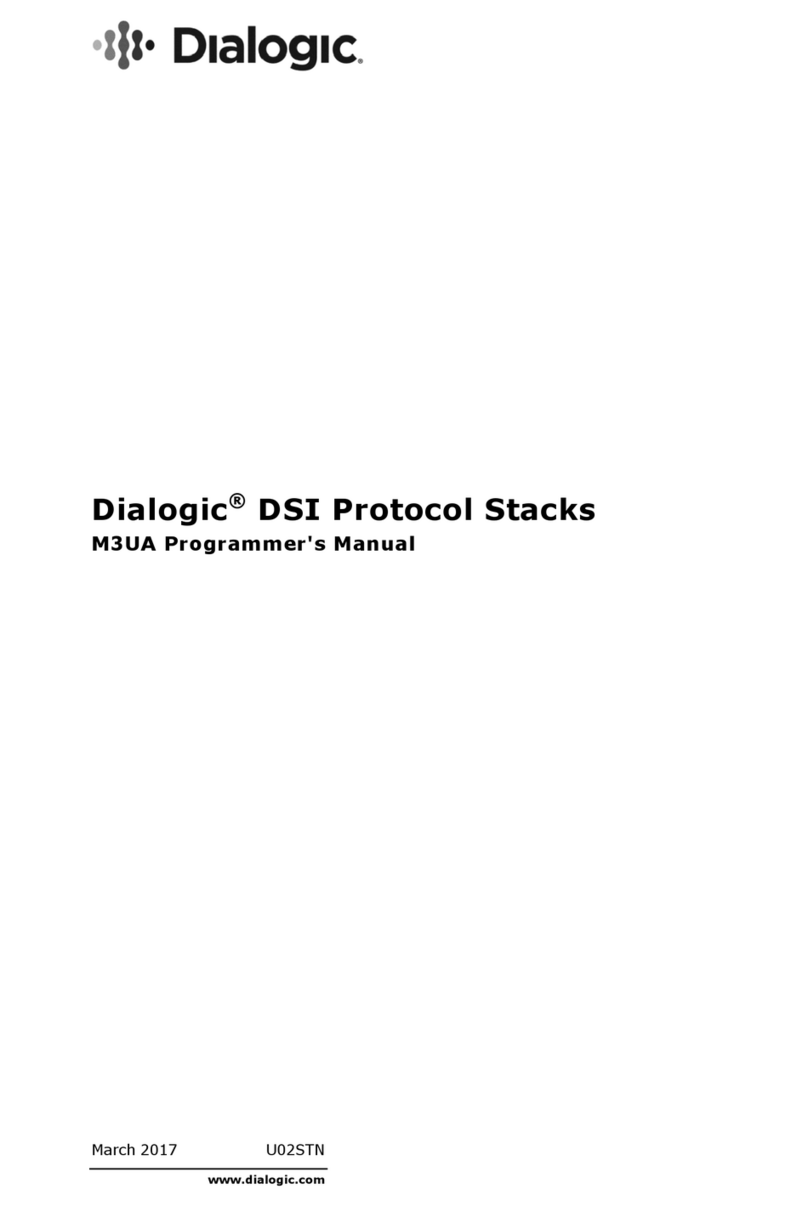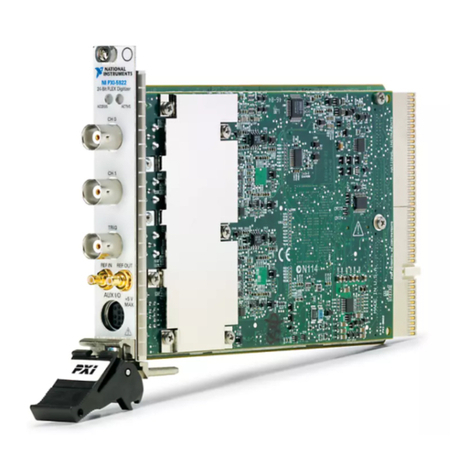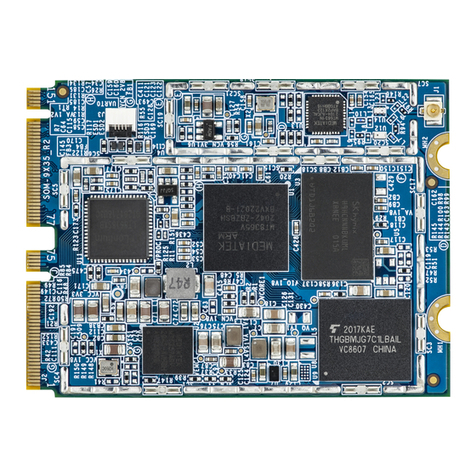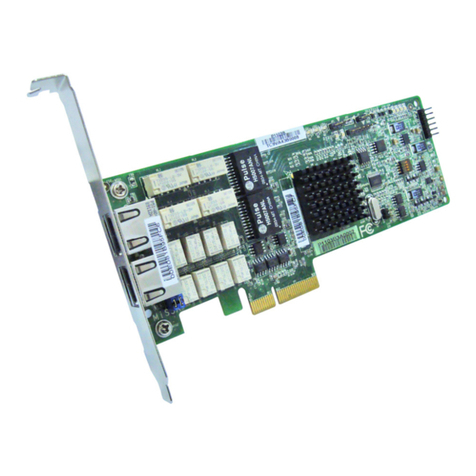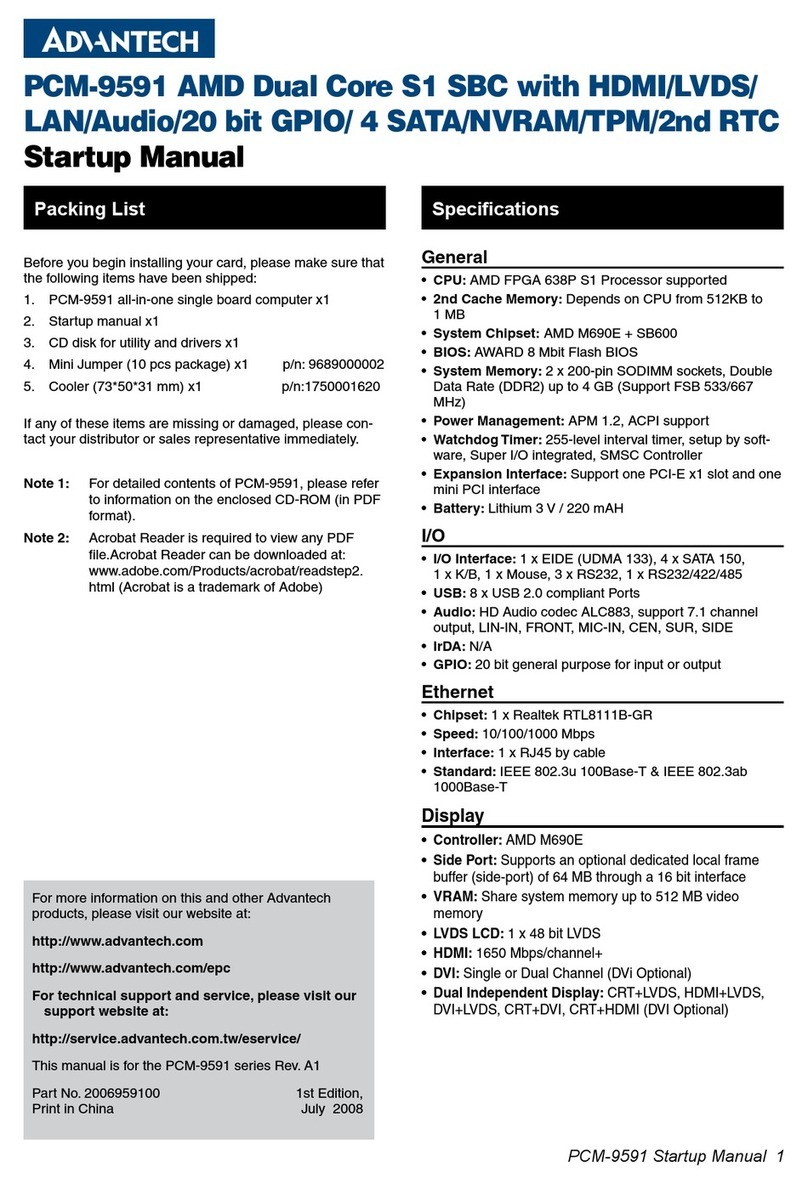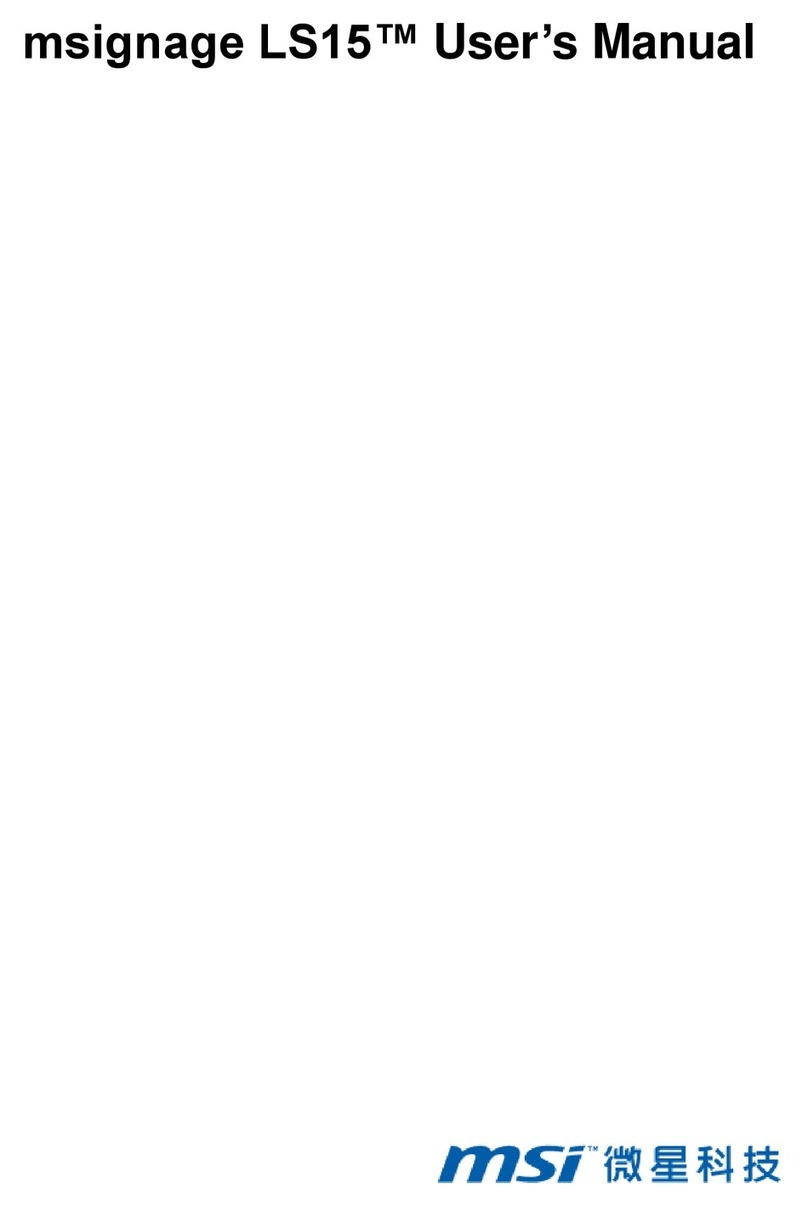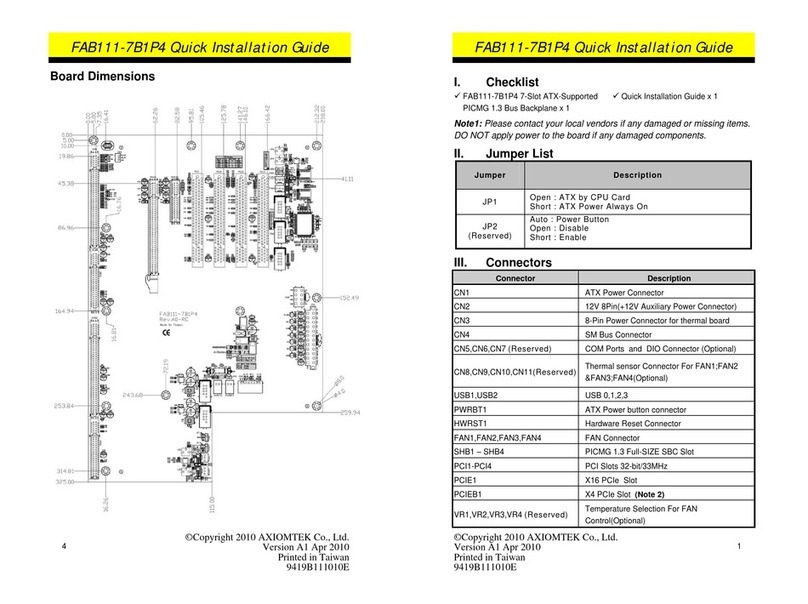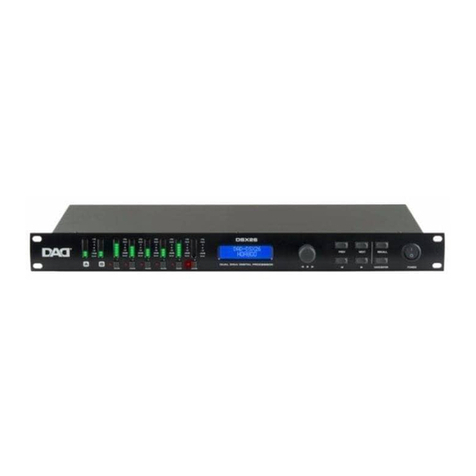
B E L K u i c k S t a r t G u i d e v . 1 . 0 . 9
Table of Contents
1 Preface...................................................................................................................................6
1.1 About this manual...........................................................................................................6
1.2 Copyrights/Tra emarks...................................................................................................6
1.3 Stan ar s........................................................................................................................6
1.4 Disclaimers.....................................................................................................................6
1.5 Warranty..........................................................................................................................7
1.6 Technical Support...........................................................................................................7
1.7 Relate ocuments.........................................................................................................8
1.8 Conventions, Abbreviations, Acronyms..........................................................................9
2 Intro uction..........................................................................................................................12
2.1 BORA an BORA Xpress SOMs..................................................................................12
2.2 Embe e Linux...........................................................................................................14
2.3 Xilinx Zynq 7000 SOC..................................................................................................15
2.4 BELK.............................................................................................................................16
2.4.1 Logical structure of BORA/BORAX Embe e Linux Kit (BELK).........................17
2.4.1.1A little bit of history............................................................................................17
2.4.1.2Basic structure of Viva o Design Suite an integration into BELK...................17
2.4.2 Kit Contents...........................................................................................................19
2.4.3 BELK Release Notes.............................................................................................19
2.4.3.1Version 1.0.0.....................................................................................................19
2.4.3.2Version 1.1.0.....................................................................................................19
2.4.3.3Version 2.0.0.....................................................................................................20
2.4.3.4Version 2.1.0.....................................................................................................20
2.4.3.5Version 2.2.0.....................................................................................................20
2.4.3.6Version 3.0.0.....................................................................................................20
2.4.3.7Known limitations..............................................................................................21
2.4.3.8Releases history................................................................................................22
3 Developing Environment......................................................................................................23
3.1 Intro uction...................................................................................................................23
3.2 Software components...................................................................................................25
3.2.1 Xilinx Zynq-7000 evelopment tools.....................................................................25
3.2.1.1Viva o® Design Suite.......................................................................................25
3.2.1.2Xilinx Software Development Kit.......................................................................25
3.2.1.3Zynq application evelopment flow...................................................................26
3.2.2 Toolchain................................................................................................................26
3.2.3 First stage bootloa er (FSBL)...............................................................................27
3.2.4 Secon stage bootloa er: U-Boot.........................................................................27
3.2.5 Kernel....................................................................................................................28
3.2.6 Target root file system...........................................................................................28
3.3 Buil system..................................................................................................................29
3.3.1 Intro uction............................................................................................................29
March, 2016 3/66




















